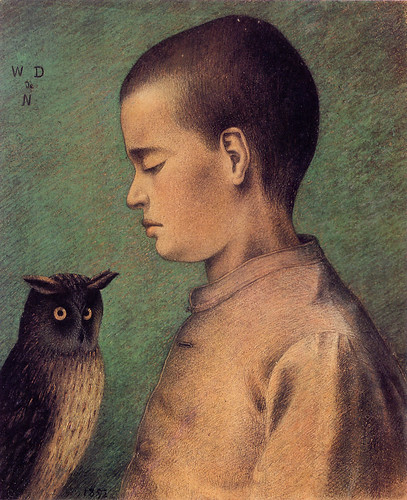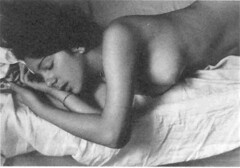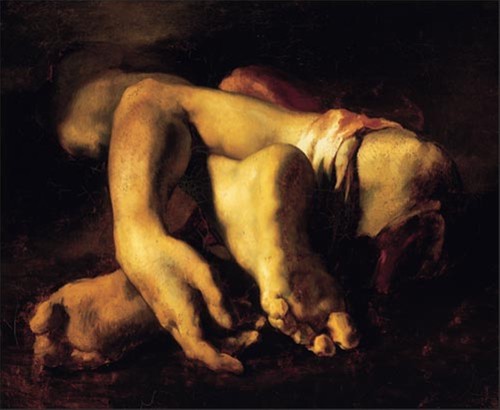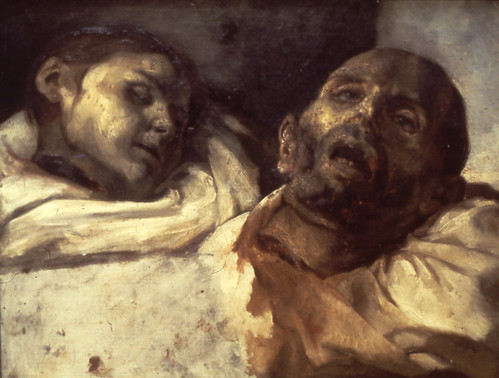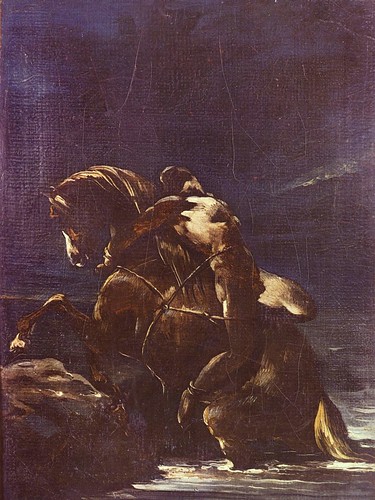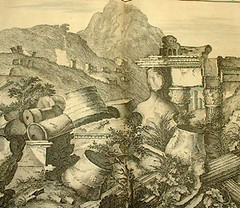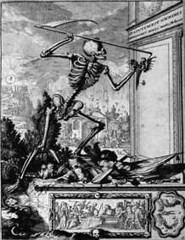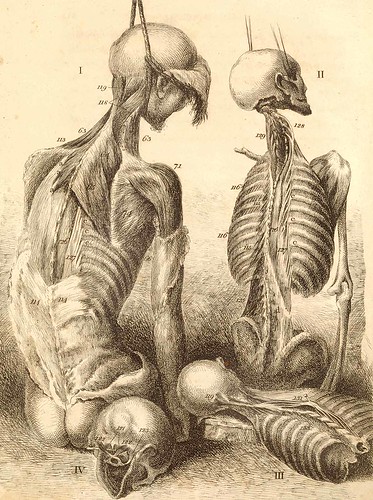
Etching of the bones, muscles, and joints, illustrating the first volume of the Anatomy of the Human Body. 2d ed. London, 1804. Etching. National Library of Medicine.
Further to my post More Géricault I tried to find the source of the Géricault Severed Heads painting and I found John Bell at the classic Dream Anatomy site. I couldn’t find the pictures I was looking for, that’s why I am giving you the above (there is one more over at my Flickr stream). I did find the story behind the Severed Heads painting of Géricault:
Théodore Géricault‘s painting Severed Heads (1818) [2] painting of two severed heads on a white cloth, turns out to be, not a painting of two heads fresh from the guillotine, but a painted elaboration of an illustration to a book on anatomy (Engravings, explaining the Anatomy of the Bones, Muscles and Joints ) by British surgeon John Bell. This site on France and Scotland in the Arts gives a detailed explanation how Délacroix’s Severed Heads is a painted elaboration of the work of John Bell, not an image of guillotined heads.
Also from dreamanatomy : “John Bell criticized “the subjection of true anatomical drawing to the capricious interference of the artist, whose rule it has too often been to make all beautiful and smooth, leaving no harshness….” His own drawings and etchings are notably harsh.”

